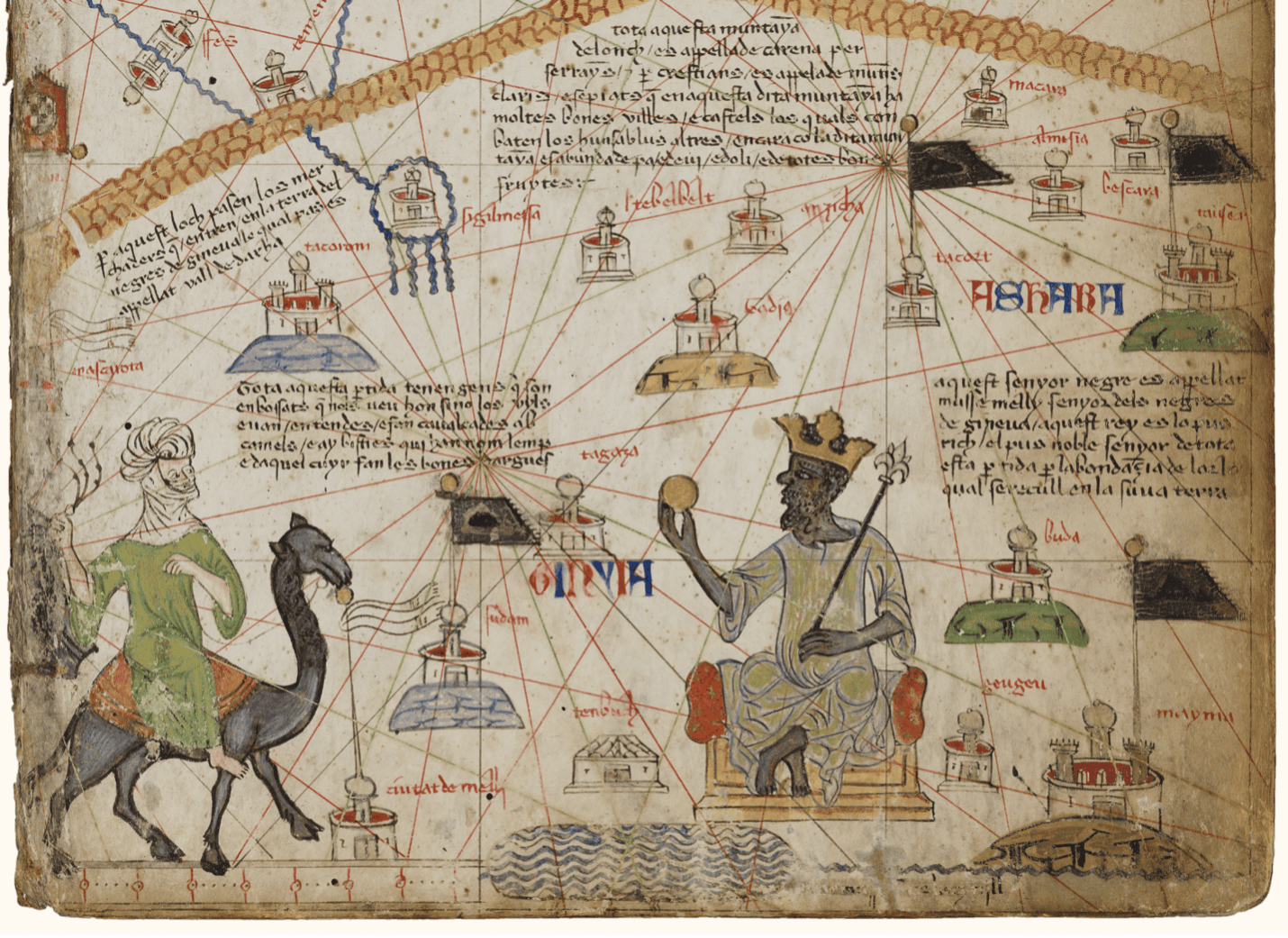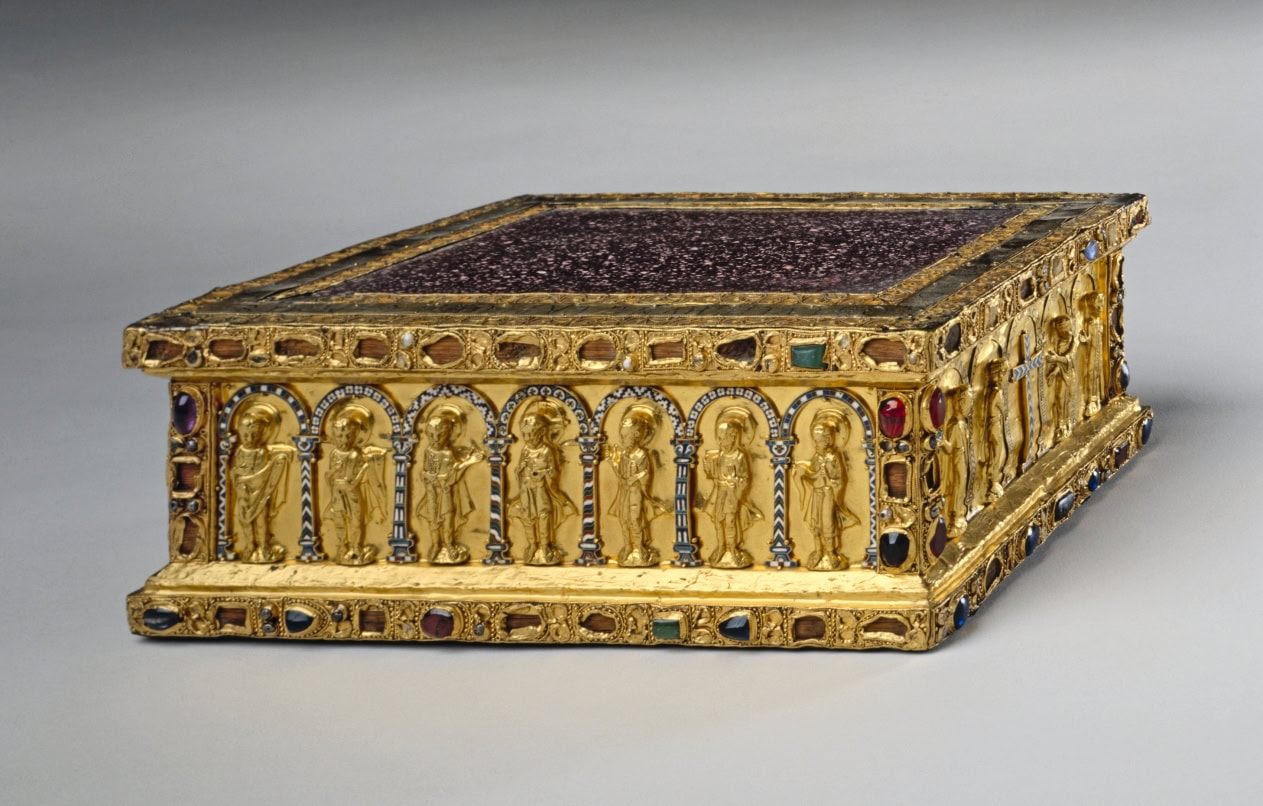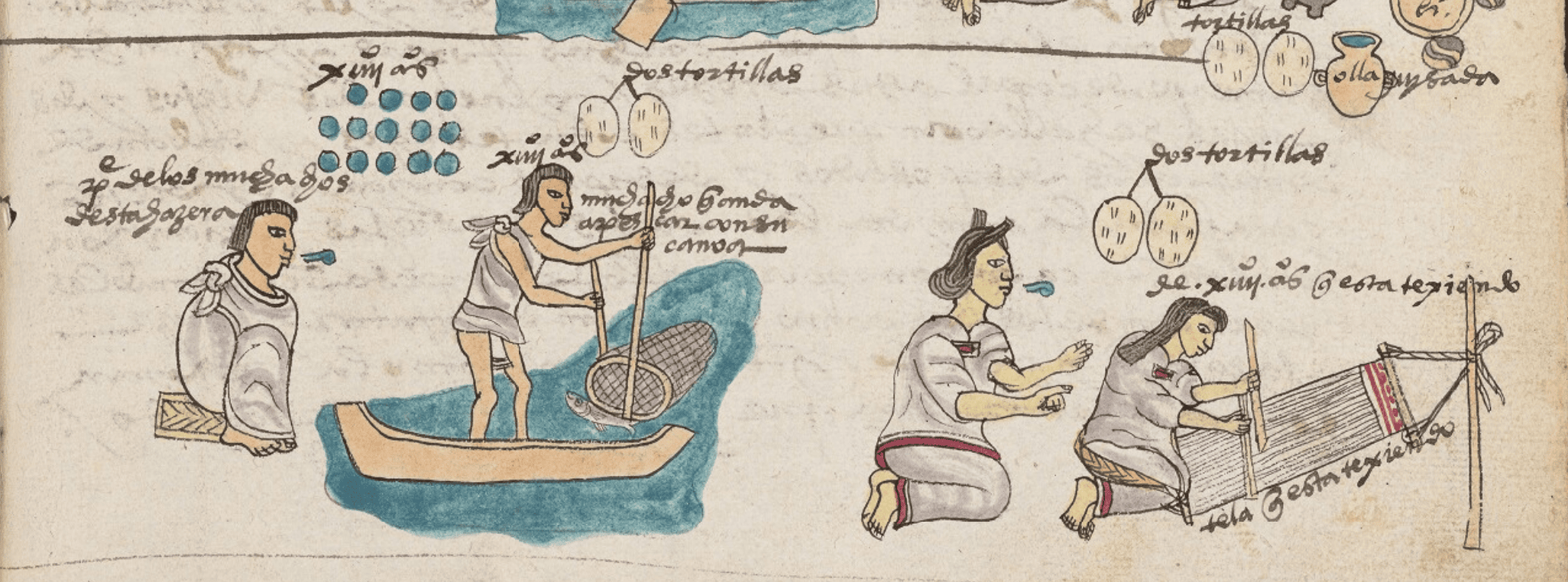From GI Roundtable 46: Our Russian Ally (1945)
The Russians are happily free of the “master-race” idea that has hypnotized the Germans. The various peoples living within the borders of the USSR have not been welded into a nation, in the sense that the Germans, for example, feel that they are one “folk.” Nevertheless, the Russians, in moments of wartime crisis, feel a strong national consciousness.
At the same time they are very much aware of living in an international community. But, while eager to share in the life of that community, they still are suspicious about the intentions of the outside world toward Russia. This mixture of awareness of the outside world and distrust of foreigners causes them to alternate between nationalism and internationalism.
“Building socialism in one country”
The Russian tendency to swing from one extreme to the other has been very noticeable during the past quarter of a century. Lenin and Trotzky, who had lived abroad for many years, had come under the influence of Western thought. After they seized power in Russia they were less preoccupied with Russia’s national problems than with the problems of world revolution. In contrast, Stalin and his associates had had no contacts with the West before 1917, and Russia’s internal situation was their chief concern.
When revolutionary movements in Bavaria, Hungary, and China proved to be, in Lenin’s words, a “false dawn,” Stalin proclaimed the slogan of “building socialism in one country.” He thought that Russia and the communist cause would gain more through proving by example that “socialism” could work, than by a spreading of strength and resources in promoting what Trotzky called “permanent revolution.” Lenin died in 1924, and in 1927, after many stormy conflicts, Stalin ousted Trotzky and sent him into exile. From that time on, the Soviet leaders have increasingly emphasized the national character of the Russian state rather than its international role as the spearhead of world revolution. Eventually they talked about the “national fatherland,” instead of the “socialist fatherland” of all workers.
In keeping with this new trend, many plays, films, and books have taken as their theme the heroic deeds of Russia’s national figures. Among these are Prince Alexander Nevsky, who de-feated a Teuton invasion in the famous battle of Lake Peipus in the thirteenth century; Peter the Great; General Suvorov, who in the late eighteenth century led Russian forces against the French in Italy; and Marshal Kutuzov, who defended Moscow against Napoleon. The development of the Russian nation has been emphasized in this way, and Soviet historians no longer try to present the Bolshevik Revolution as a unique event isolated from the rest of the country’s history. On the contrary, they link it closely with Russia’s historic struggle to repel foreign invasion—of the Teutonic knights, Napoleon, or Hitler.
But the compared Germans nationalism that is emerging in Russia cannot be with the racial and exclusive nationalism of the Russian nationalism continues to be tempered by concern with the other peoples of the USSR as well as the peoples of the rest of the world.
Importance of geographic factors
Much water has flowed under the bridge since 1917, but in one important respect the foreign policy of the Soviet government is still fundamentally like that of the czars. For, much as the political and economic system established by the Soviet leaders differs from that of the czarist regime, the country’s geographic problems have not materially altered since the Bolshevik Revolution. Today, as in the days of the czars, Russia is a land-locked and icelocked “continent,” subject to attack by Ger many from the west and by Japan from the east. In consequence, the Russians have been keenly aware that a two-front war would prove a serious drain on the country’s production and transportation facilities. The development of air transportation and greater industrial self-sufficiency in Russia, however, may render access to the high seas of less importance.
Its geographic position helps to explain why Russia has shifted from one extreme course to another. The USSR veered from efforts at collaboration with the Western powers at Geneva after 1934 to the conclusion of a pact of nonaggression with Germany in 1939; then from the nonaggression pact to defense against German attack in 1941; and from clashes with Japan along the Manchurian border in 1938–39 to a Russo-Japanese neutrality pact in 1941.
Soviet foreign policy is national
To understand Russia’s foreign policy we must bear in mind that, by and large, the Stalin regime has acted in world affairs not on the basis of Marxist doctrine, but on the basis of Russia’s national interests. Stalin’s principal objectives have been to make Russia independent of the rest of the world in a military and economic sense and to protect the security of the Soviet Union against external attack during the period of “building socialism in one country.”
When he was Russia’s foreign commissar, Maxim Litvinov (who later served as Russian ambassador to the United States) said again and again in the League of Nations at Geneva that Russia wanted peace. Because Russia was meanwhile training a large army and producing vast masses of war material—fortunately for them and us as it turned out—some people thought he was insincere. But Litvinov and Stalin genuinely wanted peace because they were convinced that Russia needed a long period of freedom from war to accomplish its vast task of industrialization and agricultural collectivization.
Related Resources

September 7, 2024
Travel and Trade in Later Medieval Africa

September 6, 2024
Sacred Cloth: Silk in Medieval Western Europe

September 5, 2024